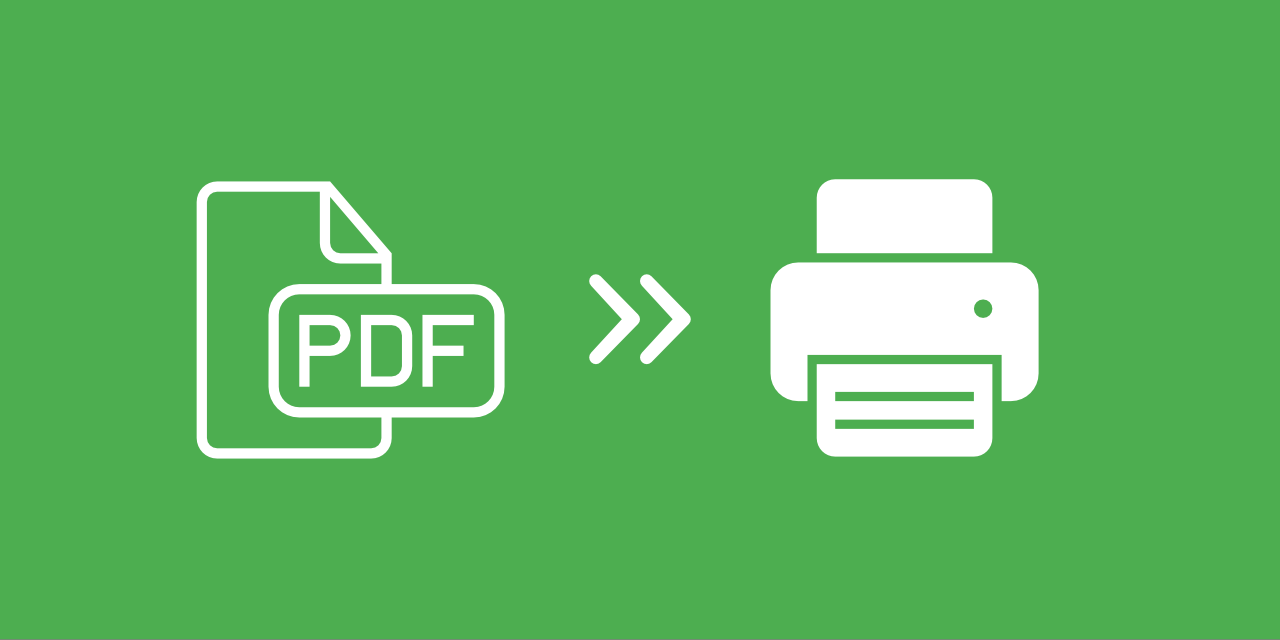
In today's digital world, we rely heavily on the ability to share and print our documents seamlessly. The Portable Document Format (PDF) has become the go-to file format for this purpose. Developed by Adobe in the early 1990s, PDF was designed to present documents in a manner independent of application software, hardware, and operating systems. It quickly became the standard for document sharing and printing, and for good reason.
In this article, we will reveal some of the top reasons why you should always use PDFs for printing. From preserving formatting to maintaining quality, PDFs offer a host of benefits that make them the perfect choice for all your printing needs.
5 Reasons To Use PDFs for Printing
1: Preservation of Formatting
One of the most important reasons to use the PDF format for printing is that it preserves formatting. Formatting is the way that text and images are arranged on a page, and it is crucial for making sure that your document looks professional and polished. When you create a document in a word processing program, the formatting is often dependent on the program and the computer that it is being viewed on. When you export a document as a PDF, however, the formatting is preserved, regardless of the program or computer that it is being viewed on. This means that your document will look the same on every computer, every time.
For example, if you create a brochure in Microsoft Word and then send it to a commercial printer, they may not have the same version of Word that you used, and the brochure may not look the same on their computer. However, if you export the brochure as a PDF, the formatting will be preserved and the printer will see the same brochure that you created. This ensures consistency and readability across all platforms.
2: PDFs Are Editable
Another advantage of using the PDF format for printing is that PDFs are editable. When you create a document in a word processing program, you can easily make changes to individual assets within the design. Change the font, add images, or adjust the layout. When sending a document to a commercial printer, you want to ensure that your design remains consistent and true to your original vision. Printing of the document can lead to inconsistencies and misalignments in the final print product.
PDFs remain the same, maintaining their formatting and layout on every computer that the file is opened on. This prevents unwanted changes to the design.
However, for printers, certain elements can be modified within the PDF. These modifications do not change the overall design of the document, rather, these adjustments can be made, if necessary, so that the document is better adjusted to match press settings. Modifications may include adding bleed or margins to your project or converting it to CMYK from another color model that may have been used to create the design.
3: PDFs Maintain Quality
PDFs maintain the quality of content by preserving the high resolution of images and graphics within the document. When creating a PDF, the designer can set the DPI (Dots Per Inch) at a high level, typically 300 DPI or higher. This ensures that when the document is printed, the images and graphics will appear clear and crisp, rather than pixelated or fuzzy.
Additionally, PDFs also support color management, which ensures that the colors in the document will be accurately reproduced when printed. This is particularly important for designs that use specific brand colors or require precise color matching.
Overall, PDFs provide a way to ensure that the final printed document looks exactly as it was intended by the designer - maintaining the high quality of the design while keeping the file size down.
4: PDFs are Secure
The fourth advantage of using PDF format for printing is that PDFs are secure. When dealing with sensitive information, you want to make sure your documents are protected.
PDFs offer a variety of security options, such as password protection, digital signatures, and encryption. These security options allow you to control who can view, edit, and print your documents.
More on: How to prevent people from modifying your PDF files5: Ideal Size
The size of the PDF can play a role in efficient printing.
Other file formats (Adobe InDesign's INDB, Adobe Photoshop's PSD formats. etc.) tend to be large and might cause problems when shared with the printer. Because they were created in a particular program and have distinctive features or layers that are only available in that program, these files are referred to as native files. Since they include information that can only be used by the application they were created in, native files are considerably larger than PDFs.
PDFs can be optimized for printing by reducing the file size while maintaining the quality of the content. This can be done by compressing images, removing unnecessary data, and other methods. With the file size reduced, PDFs can be more easily and quickly transferred and printed.
Conclusion
For the reasons above, using the PDF format for printing documents is a smart choice. The ability to preserve formatting, maintain quality, and provide editability, security, and compatibility are all important factors to consider when creating and printing your documents.
Furthermore, PDFs are widely accepted and supported by nearly all printers, making them the most reliable format for printing. By understanding the benefits of PDFs, you can ensure that your documents look their best when printed, and are easily shared and viewed by others.
Remember, the next time you need to print a document, consider using the PDF format for the best results.

